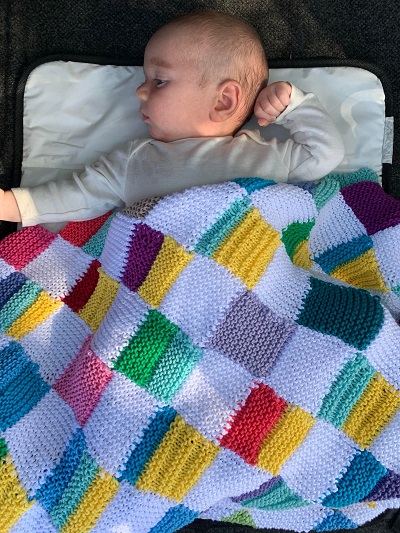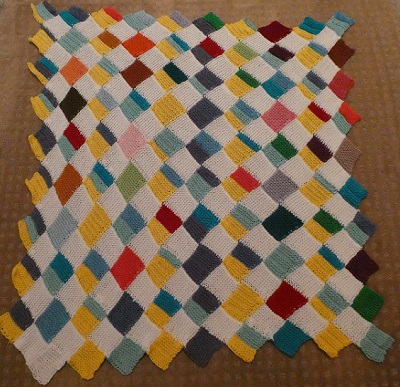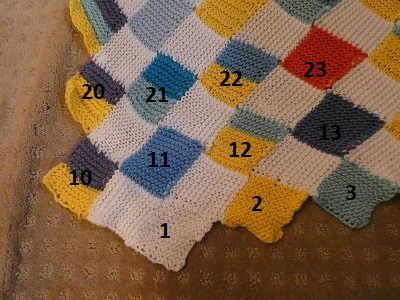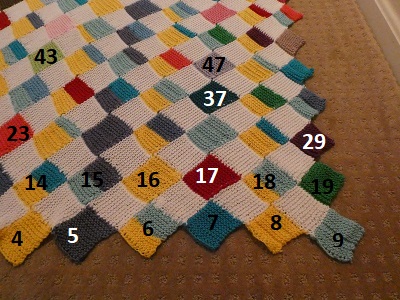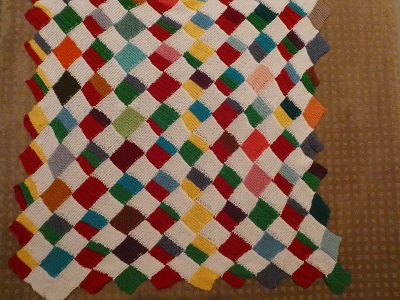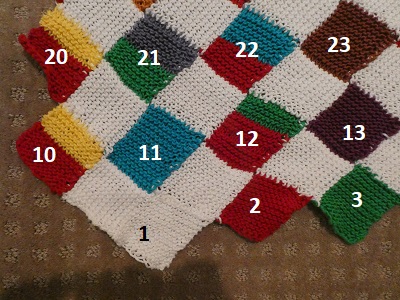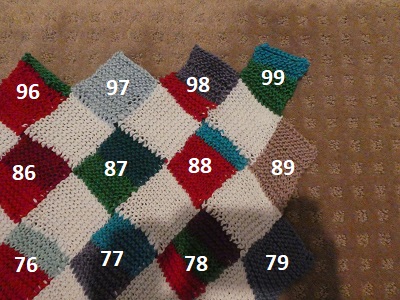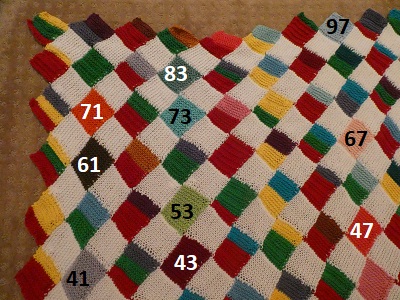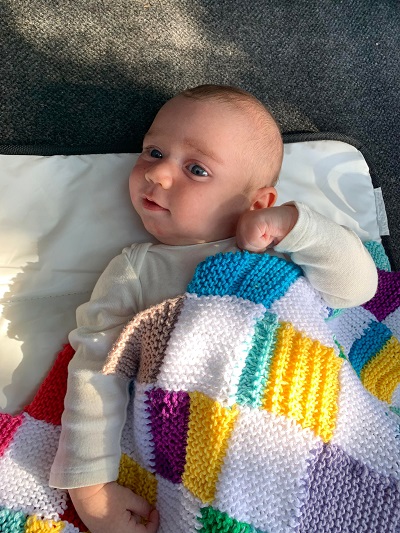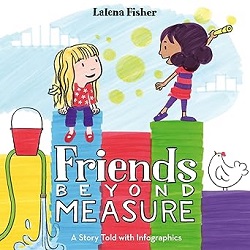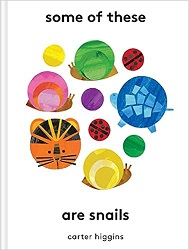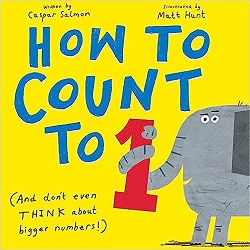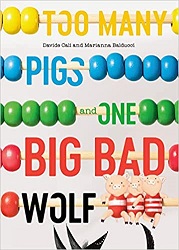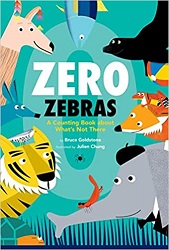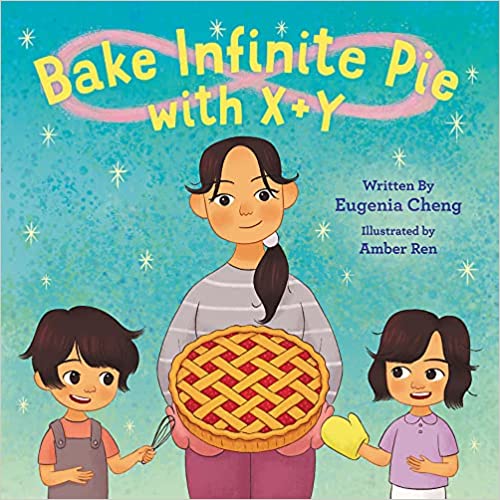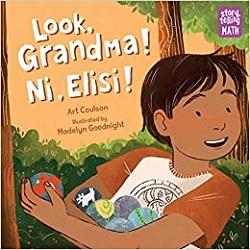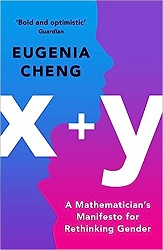 X + Y
X + Y
A Mathematician’s Manifesto for Rethinking Gender
by Eugenia Cheng
Basic Books, 2020. 272 pages.
Review written May 9, 2023, from a library book.
Starred Review
I love this book so very much! And I’m so glad I finally got it read — had meant to ever since it came out. I’m going on vacation this week and decided to finish it before I left — and Wow! — it’s full of transformative concepts.
Now, if you’re not a math-lover like me, please don’t be put off by the fact that this book is written by a mathematician. She works with Category Theory, a branch of mathematics that doesn’t necessarily deal with numbers, but about relationships and how things interact with other things.
In this book, she uses category theory to take on gender. And wow! What a lovely job she does.
Now, she starts with something I related to completely — the lack of women in higher mathematics. I started a PhD program in math at UCLA immediately after college. I was one of only 5 women out of 120 new math graduate students that year. Three of the other women were in master’s programs, not doctoral — and I ended up dropping out a year and a quarter later with my Master’s. So I am very aware that there’s a gender disparity in mathematics.
The first part of the book looks at difficulties with even talking about gender disparities. She looks at problematic arguments about nature or nurture.
And then she takes us to another dimension. She takes the gendered dimension out of the discussion and defines some new terms.
We need new, ungendered language in order to separate character traits from gender and have less divisive conversations in which people don’t have to get defensive about “not all men” or “not all women” being a certain way. Because indeed men are not the same, and neither are women. Not all men are aggressive, competitive, risk-taking, and unempathetic. And even those who do behave in those ways might only do so because of social pressure and the idea, perpetuated by social norms, that this is how to be successful in society. When certain behavior is rewarded by society many people will strive to behave in those ways even if at some deeper level it makes them unhappy.
The ungendered language she comes up with are the terms “ingressive” and “congressive.” Ingressive behavior focuses on the individual, and congressive behavior focuses on the group. Here are her definitions:
ingressive: focusing on oneself over society and community, imposing on people more than taking others into account, emphasizing independence and individualism, more competitive and adversarial than collaborative, tending toward selective or single-track thought processes
congressive: focusing on society and community over self, taking others into account more than imposing on them, emphasizing interdependence and interconnectedness, more collaborative and cooperative than competitive, tending toward circumspect thought processes.
This is not a clean dichotomy even though some aspects sound like exact opposites of each other. It’s not a classification of people into two camps. It’s a way to evaluate behavior in a flexible and dynamic way to reflect the fact that people are flexible and dynamic day by day and also over the course of their lives, not fixed and rigid.
She goes on to talk about spaces that are more ingressive and spaces that are more congressive. Interesting to me, she left her position at a university and began a career teaching math at an art school. Yes, she found many more women at the art school, but she can go beyond gender and talk about how it’s much more set up as an ingressive space. And she’s happier working in that space.
She describes examples of other people, both women and men, who gave up more ingressive careers (after achieving success) for more congressive roles.
And she talks about how math education is set up to reward ingressive behavior, with lots of testing and competition. This was interesting to me, because at first I thought, oh, I must be mostly ingressive because I love competition, and really enjoyed math competitions when I was a student.
But then I think about my happy switch from teaching college math to becoming a librarian. I’ve said many times, “In the library, I still get to help people learn, but now I’m on their side! As an instructor, I had to test them, and I felt like their adversary. Now I get to show kids the fun side of math.” So I have to stand as another example of someone who turned out to be much, much happier in a more ingressive career path.
I was also fascinated by her ideas to make education – yes, even mathematics education — more congressive. She suspects that could attract more people to the field who might be turned off by the current more ingressive way it tends to be taught. I loved when she started elaborating on that idea:
Congressive math is what I have been teaching to art students for several years. I think it’s also what is introduced to children at the very beginning of school, when it’s all about play and exploration with blocks and toys and other things they can touch and feel. It comes back around to being like this at a research level, but by that time I think we’ve already put off far too many congressive people with the phase in between.
I think math should be congressive all the way through. We really don’t need to train people to be human calculators anymore, now that we have actual calculators with us more or less all the time (for example, on our phones). So math could be more congressive by being about exploration and processes. It could be more about ways of thinking than about knowledge.
I would like to see a non-cumulative curriculum so that each stage doesn’t depend on the previous stage. The traditional model is more like a series of hurdles that get higher and higher and are specially designed to weed people out at each level. Not only is this ingressive, it’s also counterproductive, as we are not weeding out the right people.
But I shouldn’t go on so much about math, because that was a side point. The really beautiful thing about this book was how it took gendered language out of discussions about our society. I suspect you could also use these ideas in discussions about race.
I believe that the new dimension of ingressive and congressive traits can help us overcome bias that can’t be addressed on the dimension of gender alone. I think this is how we can deal with implicit bias in the system that comes from our association of character with gender, and how we can deal with indirect bias that comes from favoring ingressive behavior. But I think it will also have an effect on explicit bias, as it is a way for everyone to escape one-dimensional gendered thinking in their heads and think more clearly about what contributions to society we want to see. With every individual who escapes that thinking, the hold of both implicit and explicit gender bias will be lessened.
And the book finishes up with a vision of what things could be like in a society that encourages congressive behavior — and offers tips on ways to be more congressive in your personal life and perhaps in your personal environment (such as her math classrooms in art school). There’s even a helpful appendix at the back that demonstrates how you can respond to personal attacks with congressive statements instead of ingressively attacking back.
Now I’ll admit, I was predisposed to love this book having been a woman working in the field of mathematics, even if it was at a lower level than Dr. Cheng. But I’m also delighted with and impressed by her ideas. May we work together, in our lives and in our communities, to make the world a more congressive place. I highly recommend this book, and would love to discuss it with others who have read it.
eugeniacheng.com
basicbooks.com
Buy from Amazon.com
Find this review on Sonderbooks at: www.sonderbooks.com/Nonfiction/x+y.html
Disclosure: I am an Amazon Affiliate, and will earn a small percentage if you order a book on Amazon after clicking through from my site.
Disclaimer: I am a professional librarian, but the views expressed are solely my own, and in no way represent the official views of my employer or of any committee or group of which I am part.
What did you think of this book?
